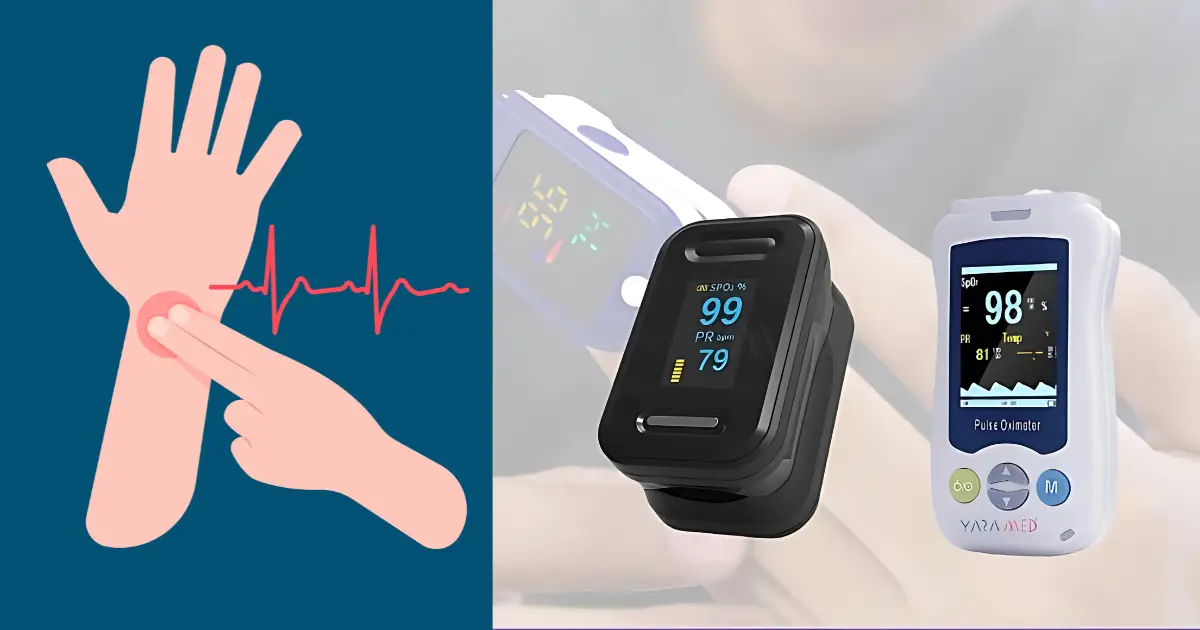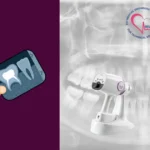Pulse oximeters are small, non-invasive devices that measure the oxygen levels in your blood. These handy gadgets have gained significant popularity, particularly with the global health challenges brought on by the COVID-19 pandemic, as they offer a quick way to assess your respiratory health.
What Is a Pulse Oximeter?
A pulse oximeter is a small, clip-like device that you attach to a fingertip, earlobe, or toe to measure the oxygen saturation in your blood (often denoted as SpO2). It uses light sensors to shine beams of light through your skin and detect the amount of oxygen in your blood based on how the light is absorbed.
What Do Pulse Oximeters Measure?
Pulse oximeters measure two key things:
- Oxygen Saturation (SpO2): The percentage of oxygen in your blood.
- Pulse Rate: The number of heartbeats per minute.
Healthy oxygen levels typically range from 95% to 100%. Anything lower may indicate your body is not getting enough oxygen, which could be a sign of a respiratory problem.
How Does a Pulse Oximeter Work?
Pulse oximeters operate on the principle of light absorption. The device shines two wavelengths of light—red and infrared—through your skin. Oxygenated and deoxygenated blood absorb light differently. By comparing how much red and infrared light passes through, the device calculates your SpO2 level and provides an accurate reading of your oxygen levels.
Who Should Use a Pulse Oximeter?
Pulse oximeters are essential for individuals with conditions affecting respiratory or cardiovascular health, such as:
- Chronic Obstructive Pulmonary Disease (COPD)
- Asthma
- Pneumonia
- COVID-19
- Heart conditions
Types of Pulse Oximeters
There are several types of pulse oximeters, each designed for specific needs:
1. Finger Pulse Oximeters
The most common type, designed to clip onto your finger. Ideal for at-home use due to their compact design and ease of use.
2. Handheld Oximeters
Larger, professional-grade devices often used in hospitals or clinics. They offer more detailed readings and are suitable for clinical diagnostics.
3. Wrist Oximeters
Worn like a wristwatch, these provide continuous monitoring. Useful for overnight monitoring in people with sleep apnea or chronic conditions.
4. Clip-On Oximeters for Infants
Designed specifically for small fingers or toes, making them suitable for pediatric or neonatal monitoring.
Conclusion
Pulse oximeters are valuable tools for monitoring oxygen levels in the blood, especially for those with respiratory or cardiovascular issues. Their portability, accuracy, and ease of use make them essential in many households. If you’re looking to monitor your oxygen levels or keep a closer eye on your overall health, a pulse oximeter is a simple and effective solution.




